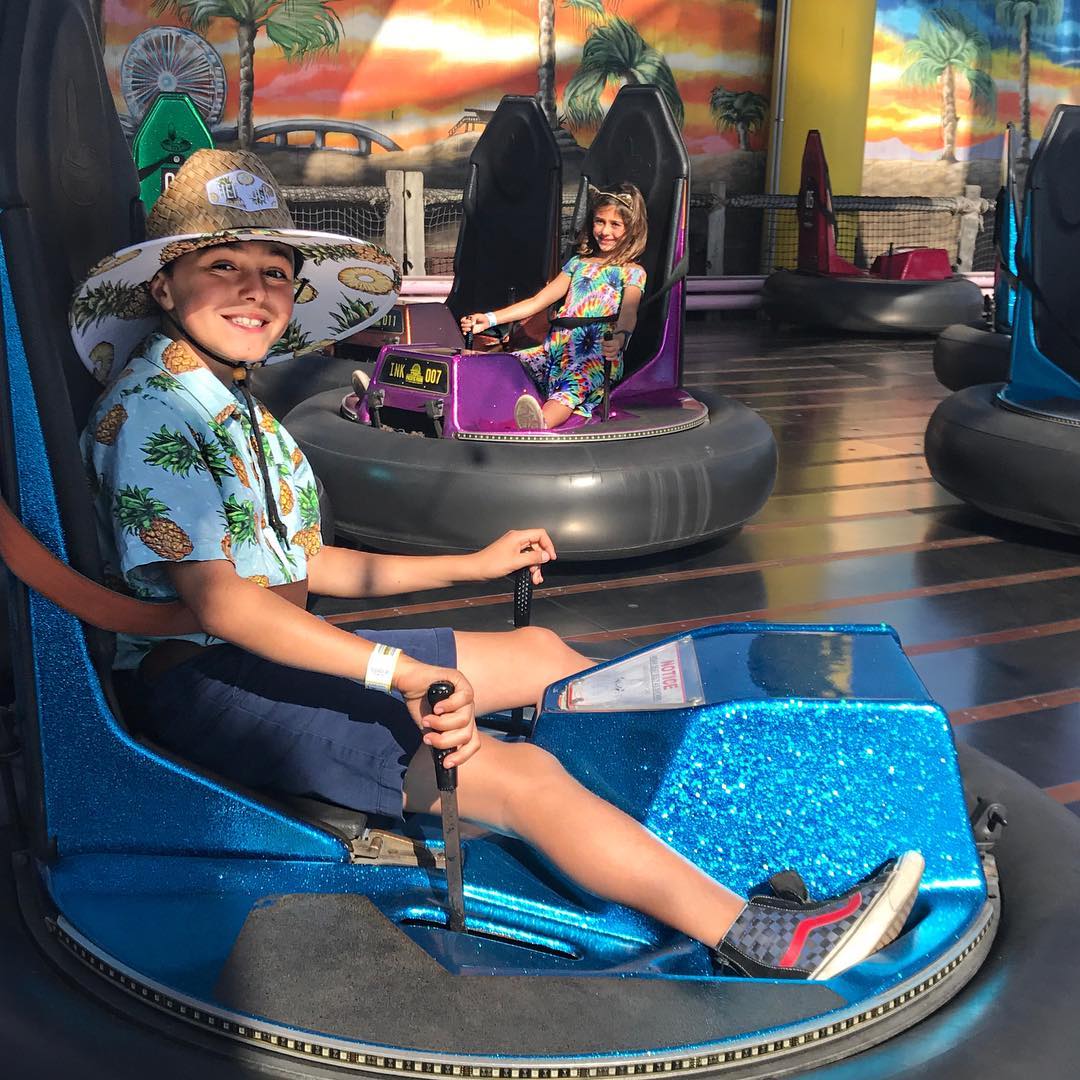Sig Alert EV: Bumper Cars, But Better
Published on September 9, 2024
Remember how fun bumper cars are? Maybe you called them “Dodgems.” Whatever the name, Pacific Park’s Sig Alert EV cars have all of that thrill plus more. These fully electric bumper cars spin a full 360 degrees. Plus, they’re so smooth and easy to maneuver, you’ll feel like you’ll hovering just above Santa Monica Pier.
Big bumps? No problem! We’ve equipped the cars with neoprene-covered bumper tubes that safely absorb the shock of heavy collisions. We’ve also added a unique high back headrest for the ultimate in safety and style. And, for full control, the dual joy stick gives you easy and fast movement to the right, left, front and back.
Our Sig Alert EV ride is a great way to blow off steam after an hours-long commute to the west side. And if you’re wondering about the name, here’s the deal. In California, a “Sig Alert” is any unplanned event that causes the closing of one lane of traffic for 30 minutes or more. When traffic builds up on our local freeways, the California Highway Patrol will issue a “Sig Alert” to inform commuters that they may want to take a detour.
No detours needed here. Just get in your electric craft and spin your way through. What could be more satisfying?
History of the Bumper Car
The first bumper cars were created by Max Stoehrer and his son Harold, of Methuen, Massachusetts, in the 1920s. They deliberately equipped their moving cars with “novel instrumentalities to render their manipulation and control difficult and uncertain by the occupant-operator.” Accordingly, the pair’s intention was that multiple cars would follow an unpredictable path over the floor. This would produce “various sensations” during the ride and to collide with other cars. Their cars would become the popular Dodgem ride.
Bumper cars enjoyed a period of great popularity from the late 1920s to the 1950s. During that time, another major US bumper car brand was the “Auto-Skooter” by Joseph and Robert Lusse. The Lusse Brothers built the first fiberglass body in 1959, after noticing the strength of fibreglass Chevrolet Corvette car bodies. They copied the car body design with permission from Chevrolet. They even began buying the actual Corvette insignias from local Philadelphia dealers and attaching them to the nose of their cars.
In the mid-1960s, Disneyland introduced Flying Saucers, a hovercraft-based ride which worked the same way as an air hockey game. Unfortunately the ride was beset by mechanical failures and closed after just a couple of years.
Ridings Sig Alert EV at Pacific Park
We want everyone to enjoy our bumper cars. For the littlies, we have smaller cars available for riders aged 3–9, with a weight limit of 150 lbs. per car. The height requirement for the big cars is 44”, with a weight limit of 275 lbs. per car.
Image courtesy of @kostas_kreations

 SEARCH
SEARCH
